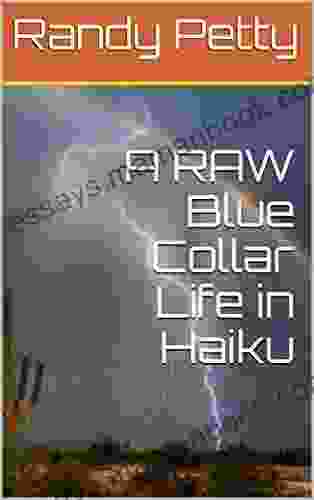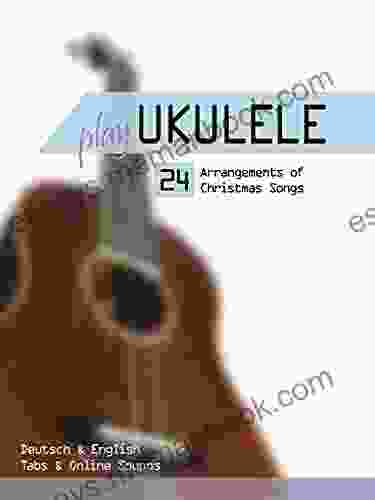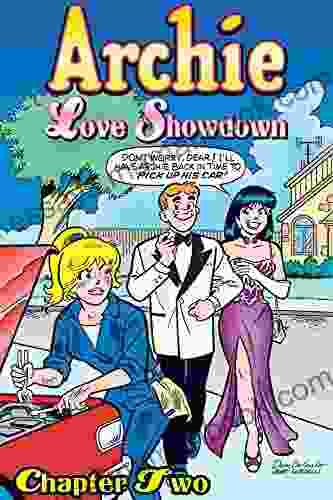Raw Blue Collar Life in Haiku: A Poetic Exploration of Unvarnished Labor

In the realm of poetry, haiku stands out as a minimalistic form that captures fleeting moments with profound brevity. Its three lines and seventeen syllables evoke thought-provoking images, often exploring nature and the human experience. However, in the midst of idyllic landscapes and ethereal meditations, haiku also has the power to delve into the gritty realities of life, particularly the unvarnished struggles of blue-collar workers.
This article ventures into the raw world of blue-collar haiku, where poets wield their deft language to portray the arduous labor, sweat, and camaraderie that define this vital workforce. Through the lens of haiku's simplicity, we gain an intimate understanding of the challenges, triumphs, and enduring spirit that characterize these lives.
Blue-collar labor is synonymous with physical exertion, and haiku poets capture this aspect with vivid imagery. In one such haiku by Basho Matsuo:
4.5 out of 5
| Language | : | English |
| File size | : | 979 KB |
| Text-to-Speech | : | Enabled |
| Screen Reader | : | Supported |
| Enhanced typesetting | : | Enabled |
| Word Wise | : | Enabled |
| Print length | : | 106 pages |
| Lending | : | Enabled |
Ancient fields tilled deepThe farmer's back bends lowA life of honest toil
The first line establishes the setting of an ancient field, evoking an image of timeless agricultural labor. The second line paints a poignant picture of the farmer's hunched back, a physical manifestation of his ceaseless labor. The final line underscores the inherent value and dignity in hard work.
Another haiku by Issa Kobayashi delves into the raw physicality of manual labor:
Sweat drips down my faceHeavy stones carried onStrength forged in every step
The simplicity of language conveys the intense effort involved in lifting and transporting heavy stones. Each step is not merely a physical exertion but a crucible where strength is forged and resilience honed. The speaker's sweat becomes a symbol of the arduous journey undertaken by countless laborers.
Despite the arduous nature of their work, blue-collar workers often find solace and support in their shared experiences. Haiku captures this camaraderie and the unique bonds that form among those who toil side by side:
In the welding shopSparks fly, camaraderie growsBrothers in toil's embrace
In this haiku by A.R. Ammons, the welding shop morphs into a crucible where not only metal is forged but also the bonds between workers. The sparks that illuminate the space serve as a metaphor for the shared experiences and mutual support that forge these unbreakable bonds.
However, blue-collar life can also be isolating, as workers grapple with long hours, physical exhaustion, and the perception of being undervalued by society. This side of the experience is explored in a haiku by Philip Kuepper:
Job site, all aloneThe sound of hammeringA symphony of solitude
The speaker of this haiku finds himself isolated on a job site, surrounded only by the rhythmic sound of a hammer. The repetitive hammering becomes a symphony of solitude, underscoring the physical and emotional toll of solitary labor.
Despite the challenges and hardships, blue-collar workers embody an enduring spirit that drives them forward. Haiku poets pay homage to this resilience and the unwavering determination that characterizes their lives:
After a long shiftWeary bones, but spirit strongTomorrow, we rise again
This haiku by Arthur Sze captures the physical exhaustion that lingers after a long day of labor. However, the focus shifts to the enduring spirit that fuels the workers to rise again, day after day. The brevity of the poem mirrors the indomitable resolve of those who face adversity with unwavering optimism.
In another haiku by John Stevenson, the resilience of blue-collar workers is juxtaposed with the grandeur of nature:
Steelworker's handsRough and calloused like the barkYet, as gentle as the breeze
The speaker marvels at the contrast between the seemingly rough exterior of the steelworker's hands and their hidden gentleness. This observation celebrates the duality that exists within blue-collar workers, who possess both physical strength and a deep capacity for care.
Through the lens of haiku, we gain an intimate glimpse into the raw blue-collar life, witnessing its arduous labor, camaraderie, isolation, and enduring spirit. These unassuming poems offer a profound tribute to the unsung heroes of our society, who toil tirelessly to build, maintain, and provide for others.
Haiku's brevity and simplicity serve as a reminder that even in the most mundane of tasks, there is beauty, dignity, and resilience. As readers, we are invited to pause, appreciate, and honor the essential contributions of blue-collar workers, whose tireless efforts form the backbone of our communities.
May these haiku inspire us to value the unvarnished truth of their lives and to celebrate the enduring spirit that empowers them to rise again, day after day.
4.5 out of 5
| Language | : | English |
| File size | : | 979 KB |
| Text-to-Speech | : | Enabled |
| Screen Reader | : | Supported |
| Enhanced typesetting | : | Enabled |
| Word Wise | : | Enabled |
| Print length | : | 106 pages |
| Lending | : | Enabled |
Do you want to contribute by writing guest posts on this blog?
Please contact us and send us a resume of previous articles that you have written.
 Top Book
Top Book Novel
Novel Fiction
Fiction Nonfiction
Nonfiction Literature
Literature Paperback
Paperback Hardcover
Hardcover E-book
E-book Audiobook
Audiobook Bestseller
Bestseller Classic
Classic Mystery
Mystery Thriller
Thriller Romance
Romance Fantasy
Fantasy Science Fiction
Science Fiction Biography
Biography Memoir
Memoir Autobiography
Autobiography Poetry
Poetry Drama
Drama Historical Fiction
Historical Fiction Self-help
Self-help Young Adult
Young Adult Childrens Books
Childrens Books Graphic Novel
Graphic Novel Anthology
Anthology Series
Series Encyclopedia
Encyclopedia Reference
Reference Guidebook
Guidebook Textbook
Textbook Workbook
Workbook Journal
Journal Diary
Diary Manuscript
Manuscript Folio
Folio Pulp Fiction
Pulp Fiction Short Stories
Short Stories Fairy Tales
Fairy Tales Fables
Fables Mythology
Mythology Philosophy
Philosophy Religion
Religion Spirituality
Spirituality Essays
Essays Critique
Critique Commentary
Commentary Glossary
Glossary Bibliography
Bibliography Index
Index Table of Contents
Table of Contents Preface
Preface Introduction
Introduction Foreword
Foreword Afterword
Afterword Appendices
Appendices Annotations
Annotations Footnotes
Footnotes Epilogue
Epilogue Prologue
Prologue B C Dockery
B C Dockery Tess Guinery
Tess Guinery James Traub
James Traub Vidya Vasudevan
Vidya Vasudevan Everina Maxwell
Everina Maxwell Martin Mcdonagh
Martin Mcdonagh Barbara B Levin
Barbara B Levin Dan Jurgens
Dan Jurgens Miranda Leigh
Miranda Leigh David Annandale
David Annandale Nikki Van De Car
Nikki Van De Car Angelika Davey
Angelika Davey Alan Edward Nourse
Alan Edward Nourse Jerry Duberstein
Jerry Duberstein Valarie Johnson
Valarie Johnson Christie Golden
Christie Golden Don Didio
Don Didio Darrell Morris
Darrell Morris Wendy Jo Peterson
Wendy Jo Peterson Zoltan Bartok
Zoltan Bartok
Light bulbAdvertise smarter! Our strategic ad space ensures maximum exposure. Reserve your spot today!
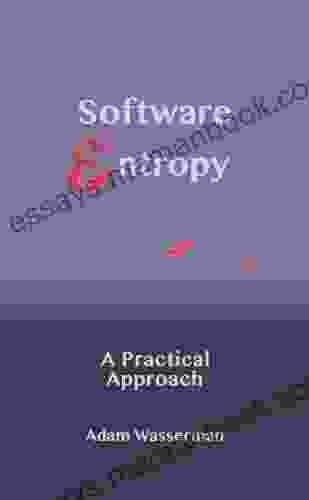
 Heath PowellSoftware Entropy: A Comprehensive Guide to Practical Approaches for Managing...
Heath PowellSoftware Entropy: A Comprehensive Guide to Practical Approaches for Managing... Francisco CoxFollow ·18.7k
Francisco CoxFollow ·18.7k Henry Wadsworth LongfellowFollow ·3.8k
Henry Wadsworth LongfellowFollow ·3.8k Fyodor DostoevskyFollow ·6.4k
Fyodor DostoevskyFollow ·6.4k Isaiah PriceFollow ·14.3k
Isaiah PriceFollow ·14.3k Walt WhitmanFollow ·10.9k
Walt WhitmanFollow ·10.9k Jerome BlairFollow ·16.2k
Jerome BlairFollow ·16.2k James HayesFollow ·15.6k
James HayesFollow ·15.6k Roger TurnerFollow ·4.7k
Roger TurnerFollow ·4.7k
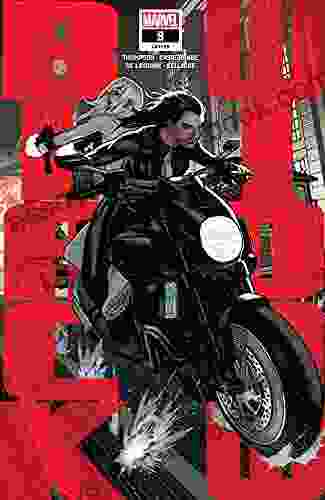
 Dean Butler
Dean ButlerBlack Widow 2024: A Comprehensive Guide to Kelly...
In 2024, Marvel...
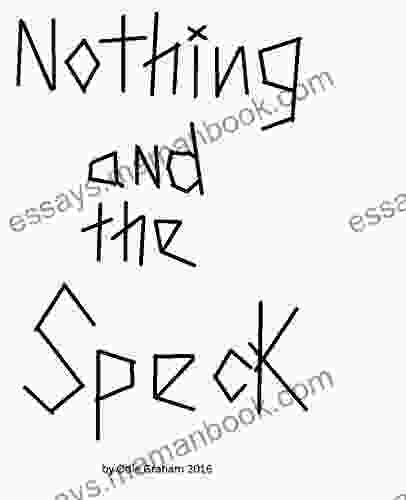
 Gage Hayes
Gage HayesNothing and the Speck: An In-Depth Analysis of Yana...
Yana Toboso's works, particularly the manga...

 Stan Ward
Stan WardThe Best American Poetry 1997: James Tate
The Best American Poetry...
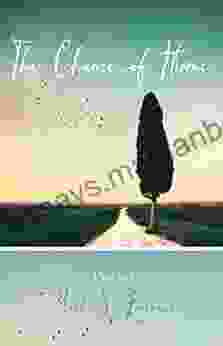
 Corey Green
Corey GreenThe Chance of Home: Exploring the Poetic Landscape of...
Immerse yourself in the evocative world of...
4.5 out of 5
| Language | : | English |
| File size | : | 979 KB |
| Text-to-Speech | : | Enabled |
| Screen Reader | : | Supported |
| Enhanced typesetting | : | Enabled |
| Word Wise | : | Enabled |
| Print length | : | 106 pages |
| Lending | : | Enabled |


